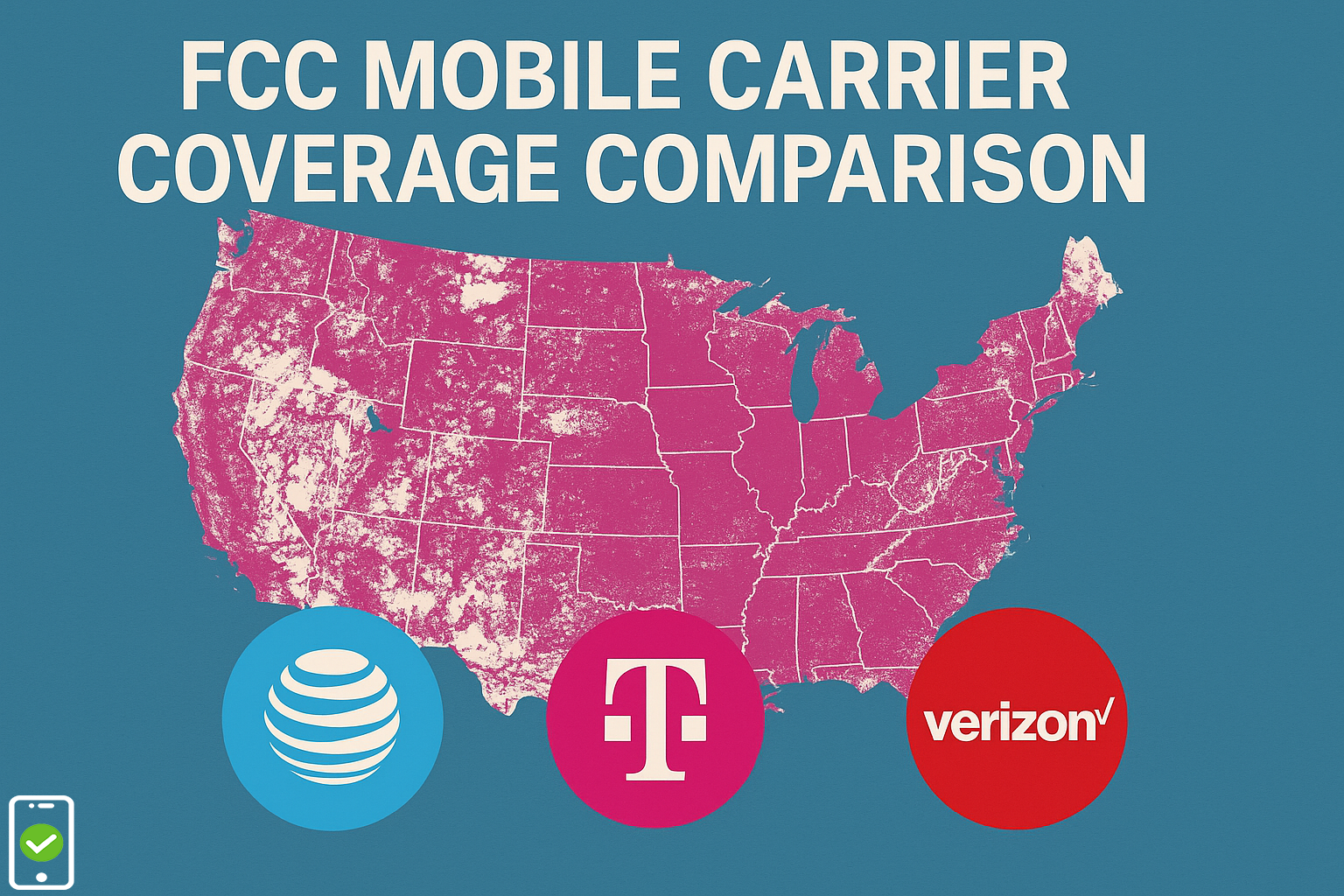In our hyper-connected world, dialing a phone number has become as instinctive as breathing. We rarely spare a thought for the complex systems that underpin these simple actions. But behind every phone number, there’s an intricate structure and fascinating history.
This article kicks off our deep dive into the world of telephone numbering, starting with the North American Numbering Plan (NANP) – the system responsible for organizing and distributing telephone numbers in North America.
The Birth of NANP
Born out of necessity, the NANP was developed in the 1940s by AT&T and Bell Laboratories. The system aimed to simplify and streamline direct-dial long distance calls, replacing the operator-assisted system that had become untenable due to the rapid growth of telephone use.
The NANP was an innovative solution for its time, introducing a standardized format for all telephone numbers within its purview. This format, which we still use today, consists of a three-part telephone number: the three-digit Numbering Plan Area (NPA) code, followed by the three-digit Central Office (CO) code, and ending with a four-digit station number.
Unpacking the NANP Structure
An understanding of the NANP’s structure helps us comprehend how we came to have the telephone numbers we use today.
- Numbering Plan Area (NPA) Code: Commonly known as the area code, the NPA code was designed to denote a specific geographic region. When the NANP was first established, the NPA code was based on the population density of the region, with densely populated areas receiving codes with low second digits.
- Central Office (CO) Code: This three-digit code, also known as the prefix or exchange code, was initially assigned to a specific central office switch within a given NPA.
- Station Number: The final part of a telephone number under the NANP, the station number, is a unique identifier for a specific telephone line within the area defined by the NPA and CO codes.
Conclusion
The North American Numbering Plan laid the foundation for our current telephone numbering system, revolutionizing communication in North America. As we continue this series, we’ll explore more aspects of telephone numbering, including the inner workings of the NANP, the role of the North American Numbering Plan Administration (NANPA), and the concept of Numbering Plan Areas (NPAs). We’ll also discuss some fascinating case studies, like the story of New York’s 212 area code. Stay tuned!



